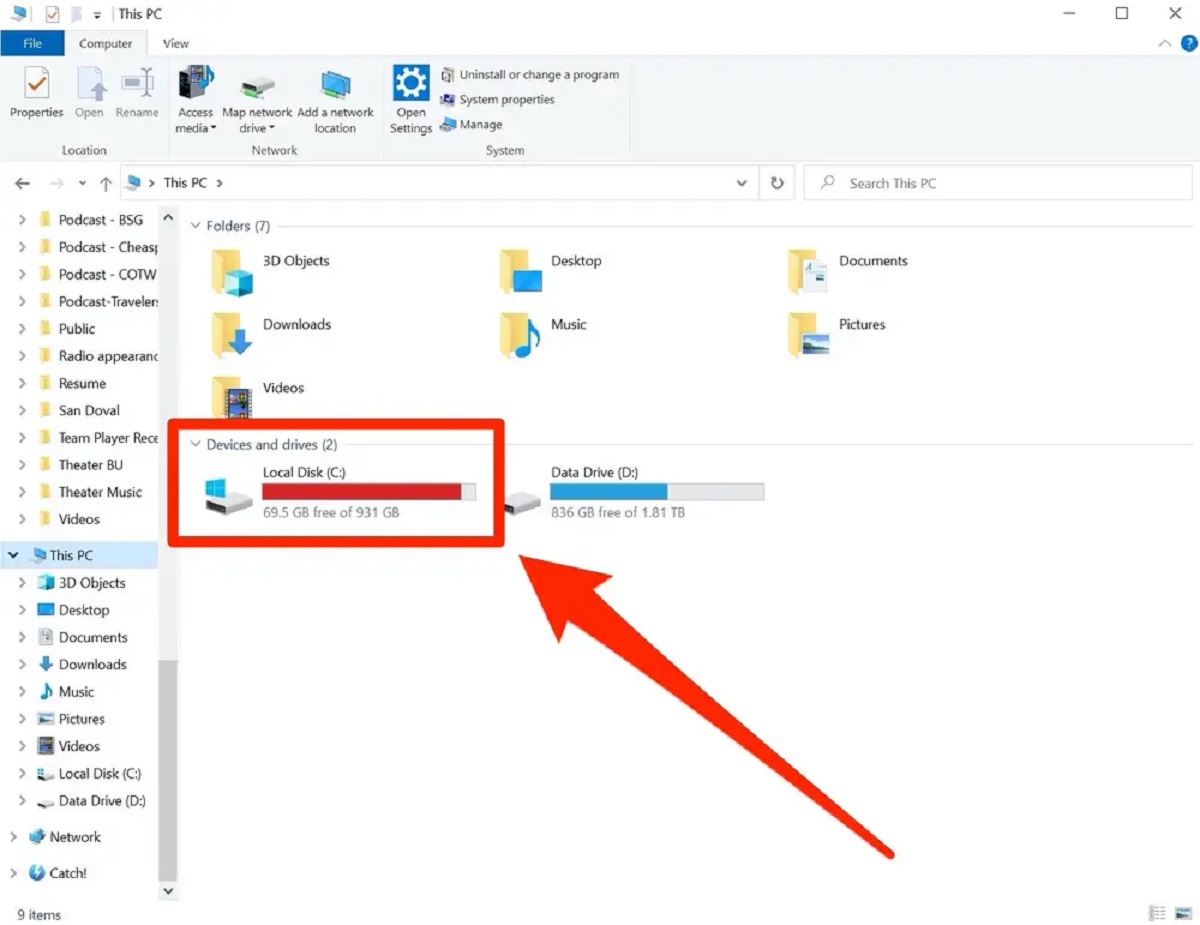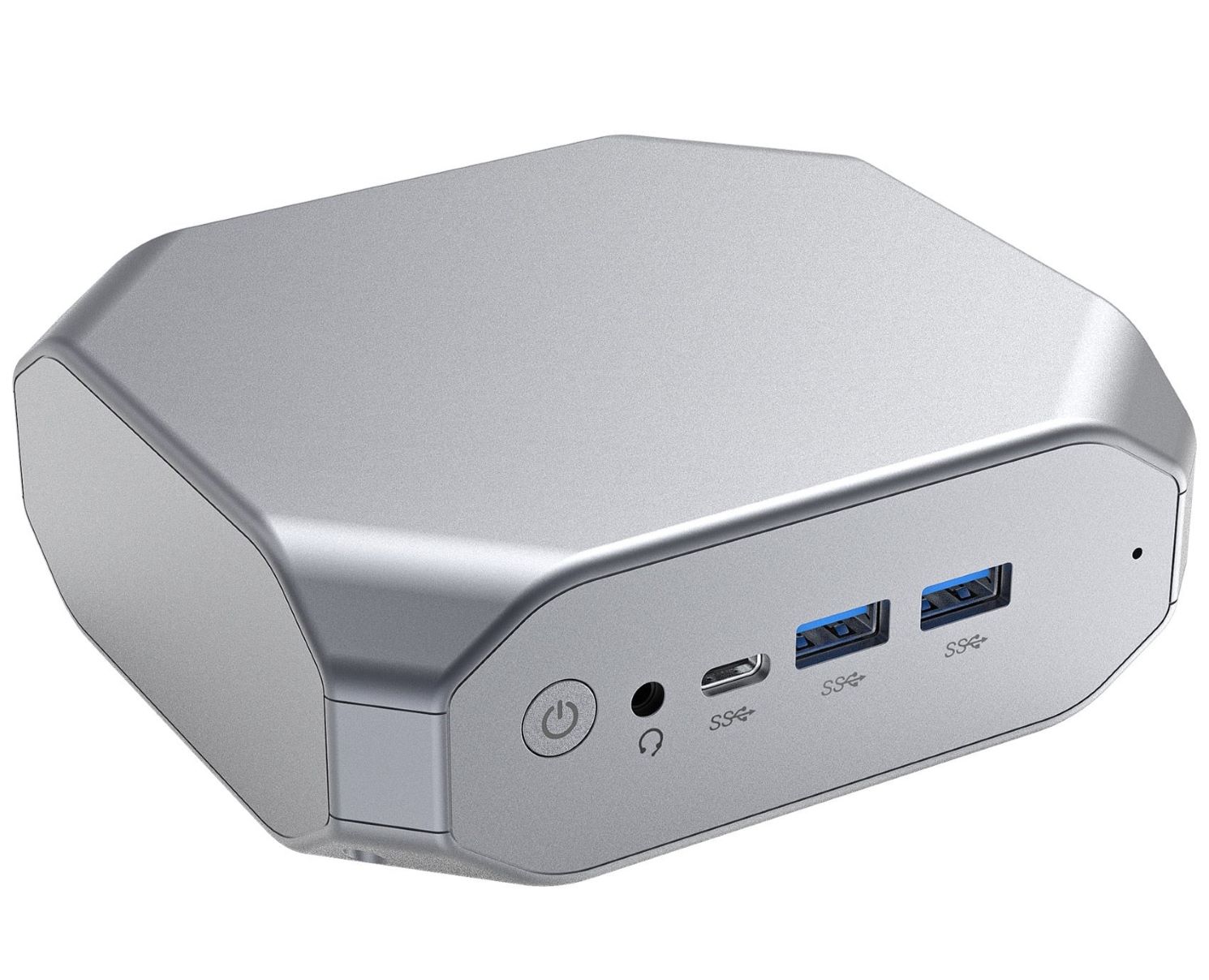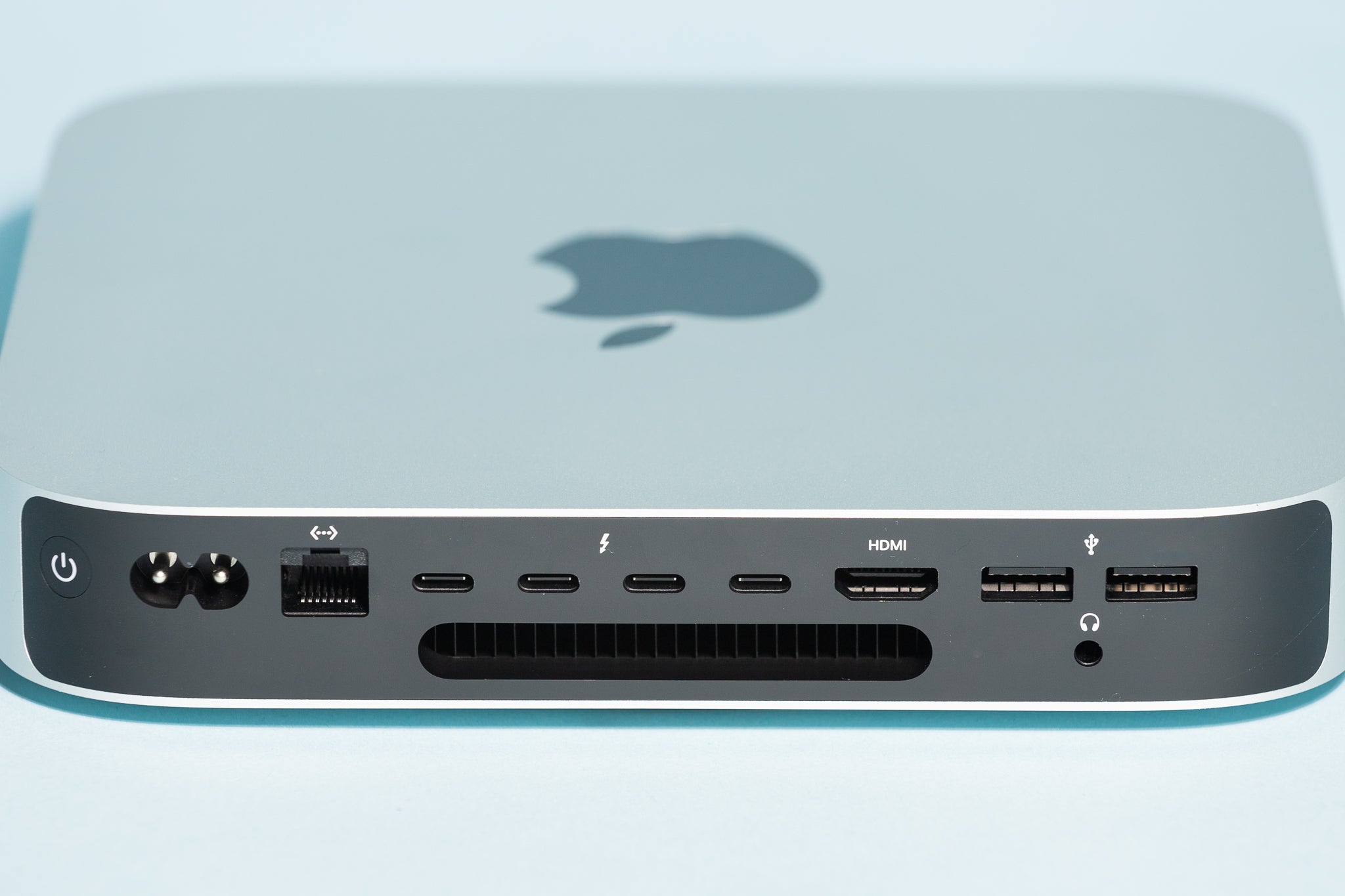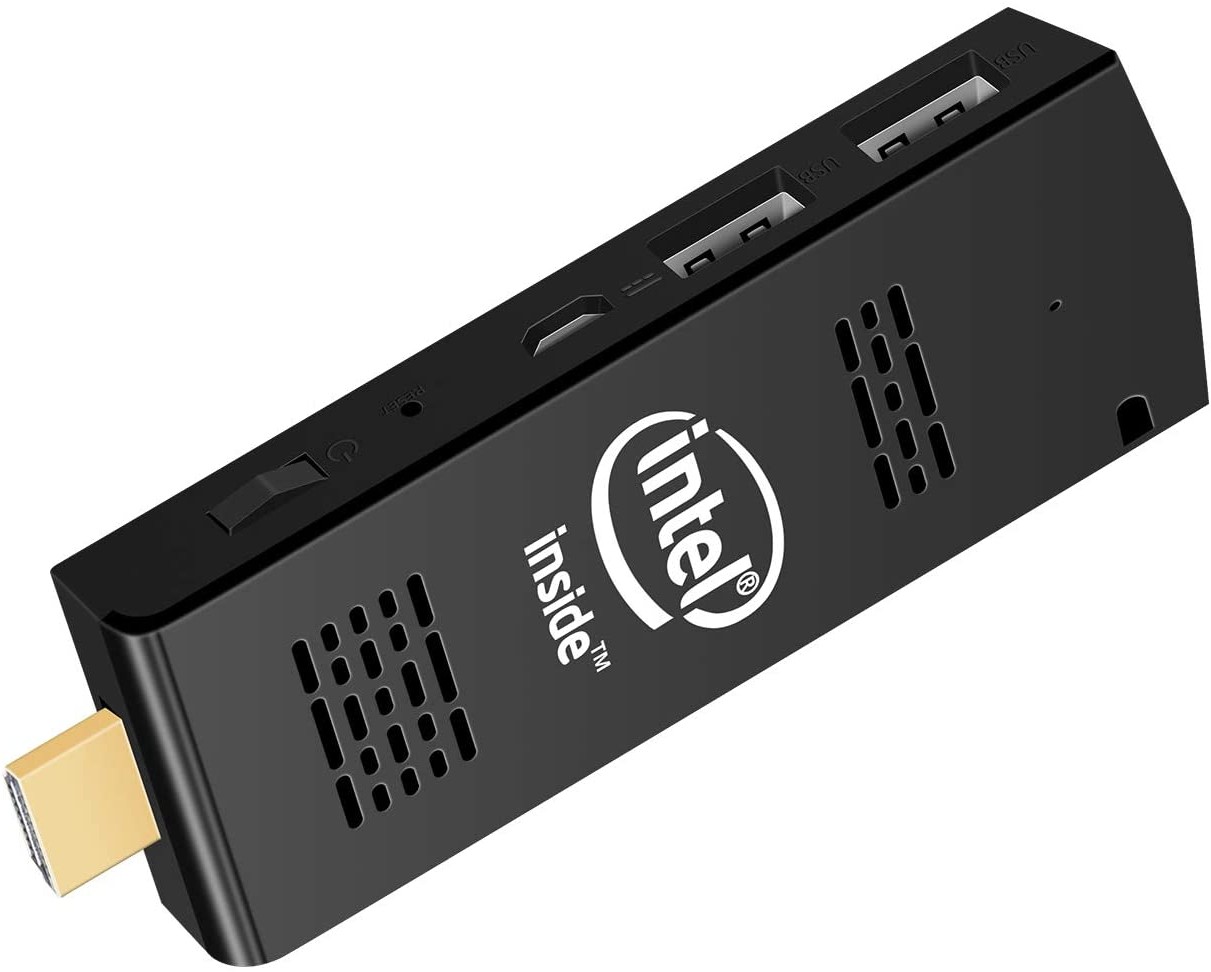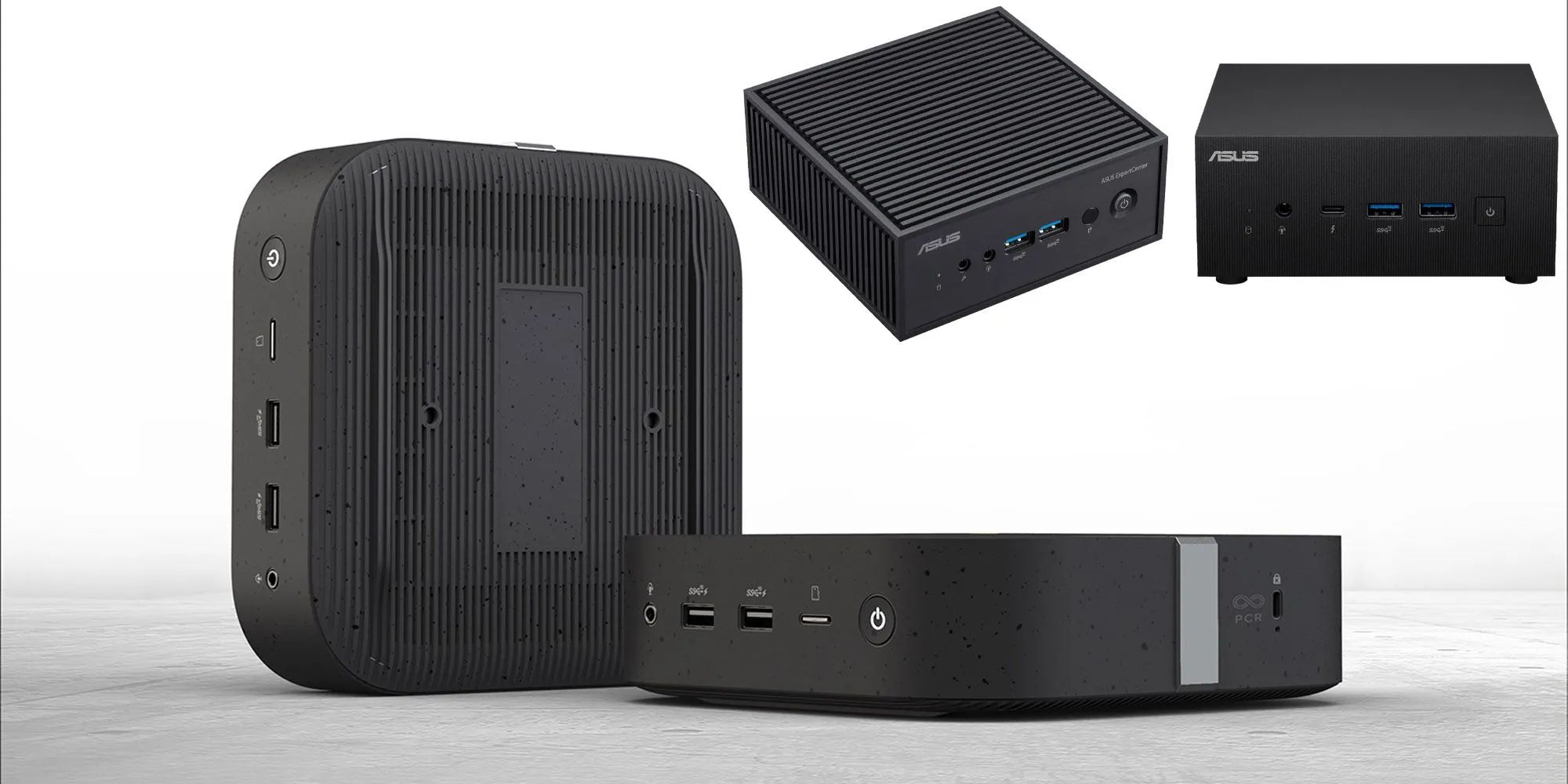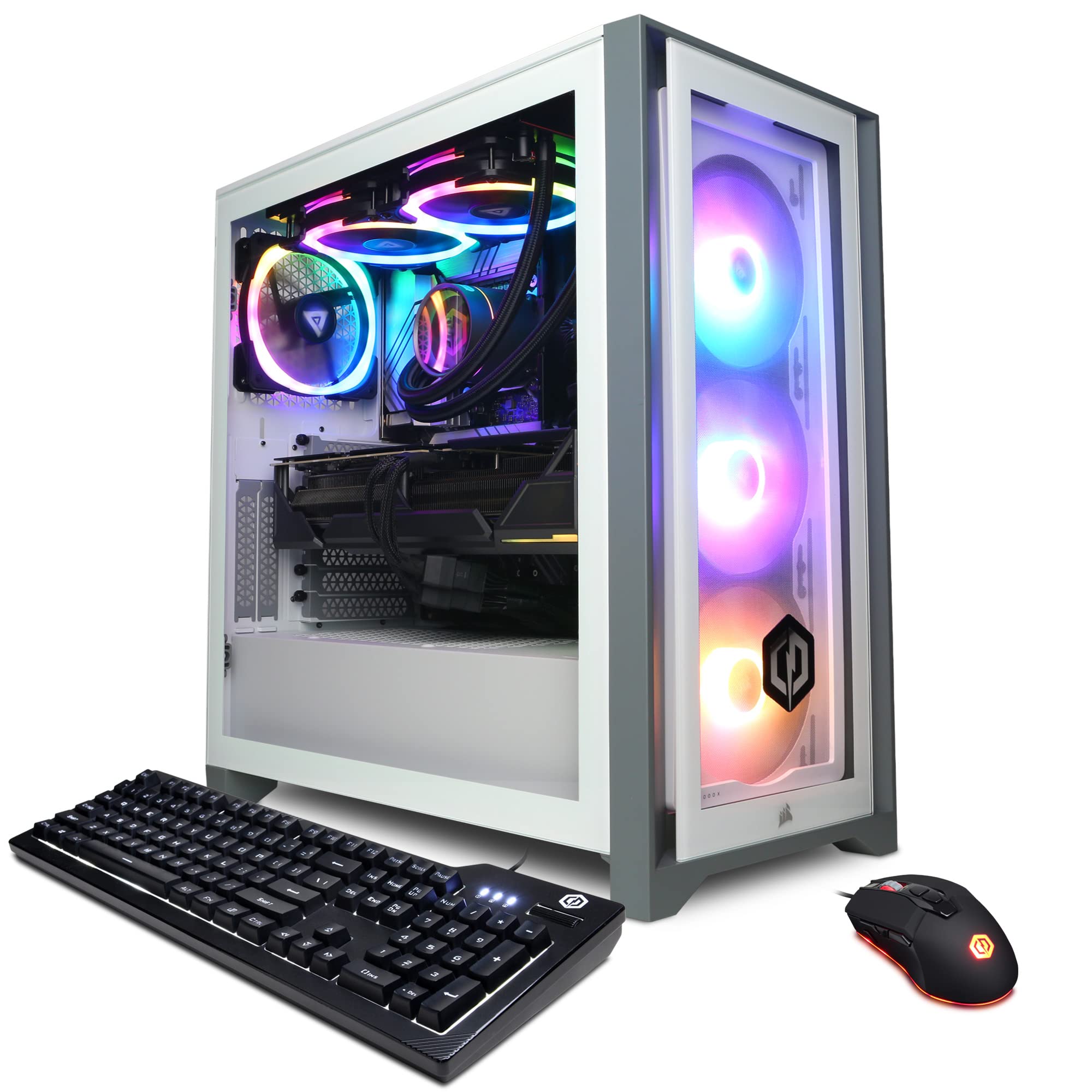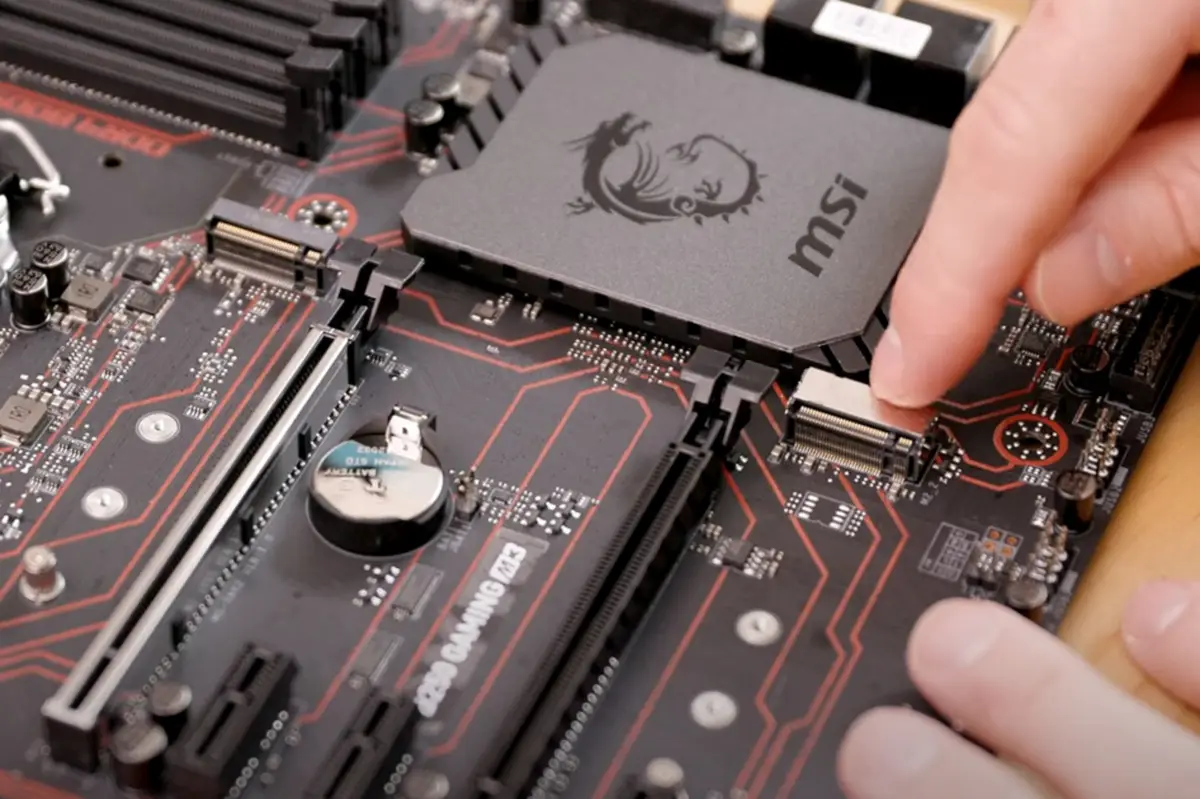Introduction
Welcome to the world of technology, where computers have become an integral part of our daily lives. Whether you use a Windows PC, Mac, or Linux, one thing that is crucial for smooth functioning is ample storage space. Managing storage on your PC is essential to ensure optimal performance and prevent any storage-related issues.
In this article, we will explore how to check storage on different types of PCs and provide some valuable tips for managing your storage space effectively. Whether you’re a tech-savvy individual or a newcomer to the digital world, this guide will help you navigate through the intricacies of checking and managing storage on your PC.
Understanding how to check your PC’s storage is the first step to ensuring that you have enough space for your files, programs, and applications. By keeping track of your storage space, you can identify any potential storage limitations and take action to free up space or expand your storage capacity as needed.
So, whether you’re planning to store an extensive media library, work with resource-intensive software, or simply want to keep your PC running smoothly, read on to learn how to check your PC’s storage and effectively manage your precious storage space!
Checking Storage on Windows PC
Windows PCs provide several built-in tools that allow you to check your storage and manage your files effectively. Here’s how you can check your storage on a Windows PC:
- File Explorer: Open the File Explorer by pressing the Windows key + E. In the left-hand sidebar, you’ll see a list of drives on your PC, along with their available storage space. Click on a drive to see a detailed breakdown of the storage usage.
- Settings App: Go to the Start menu and click on the gear-shaped Settings icon to open the Settings app. Then, navigate to the “System” category and select “Storage” from the sidebar. Here, you’ll find a comprehensive overview of your PC’s storage, including how much space is used by different file categories such as apps, documents, pictures, and more.
- Disk Cleanup: Another useful tool for checking storage on a Windows PC is Disk Cleanup. Simply search for “Disk Cleanup” in the Windows search bar and open the app. It will scan your PC for unnecessary files and provide you with a list of items you can delete to free up space.
- Third-Party Tools: If you prefer a more detailed analysis of your storage, there are third-party tools available that offer advanced features. Tools like TreeSize, WinDirStat, and SpaceSniffer provide visual representations of your storage usage, allowing you to identify large files and folders that may be taking up significant space.
By regularly checking your storage on a Windows PC, you can identify any space limitations and take appropriate actions to manage your files effectively. Whether it’s deleting unnecessary files, moving data to an external storage device, or upgrading to a larger hard drive, being proactive in managing your storage will help ensure a smooth and efficient computing experience.
Checking Storage on Mac PC
Mac PCs provide a range of built-in tools that allow you to easily check your storage and manage your files. Let’s explore how you can check storage on your Mac:
- About This Mac: Click on the Apple menu at the top-left corner of your screen and select “About This Mac.” In the Overview tab, you’ll find a quick summary of your Mac’s storage, including the amount of free space and a graphical representation of your storage usage.
- Storage Management: Starting from macOS Sierra and later versions, Macs have a built-in Storage Management feature. Open “About This Mac” and click on the “Storage” tab. Here, you’ll find options to optimize storage, manage local snapshots, and review storage usage by file categories, making it easier to identify which files are taking up the most space.
- Finder: The Finder app in macOS allows you to explore your files and check their sizes. Open a new Finder window and navigate to the top level of your storage, usually your Mac’s internal hard drive. Right-click on the drive and select “Get Info” to view detailed storage information, including available space and total capacity.
- Third-Party Apps: If you prefer more advanced features, there are third-party apps available for checking storage on your Mac. Apps like DaisyDisk and Disk Inventory X provide visual representations of your storage, allowing you to quickly identify large files and folders that may be occupying significant space.
Regularly checking your storage on a Mac PC enables you to manage your files effectively and keep your system running smoothly. By identifying and removing unnecessary files, utilizing cloud storage options, or expanding your storage capacity with external drives, you can ensure that your Mac has sufficient space for your needs.
Checking Storage on Linux PC
Linux PCs offer a variety of tools to help you check your storage and manage your files efficiently. Here are some ways to check your storage on a Linux PC:
- Terminal Commands: Linux distributions often have terminal-based commands that provide detailed information about your storage. The “df” command shows disk usage, displaying the available and used space for each mounted file system. Running “df -h” will additionally display the sizes in a more human-readable format.
- File Manager: Most Linux distributions come with a default file manager, such as Nautilus or Dolphin. Open the file manager and navigate to the root of your file system. Right-click on the drive and select “Properties” or “Get Info” to view information about the storage capacity, available space, and usage percentage.
- System Monitor: The System Monitor utility provides an overview of system resources, including storage usage. You can typically find it in the system settings or by searching for “System Monitor” in the application launcher. In the storage section, you can view a graphical representation of your storage usage and identify any partitions or directories consuming significant space.
- Third-Party Applications: Linux also offers third-party tools for checking storage. Applications like Baobab and ncdu provide graphical representations of disk usage, allowing you to analyze your storage and identify large files or folders that may be hogging space.
By regularly checking your storage on a Linux PC, you can effectively manage your files and ensure optimal performance. Whether it’s deleting unnecessary files, relocating data to different partitions, or utilizing external storage solutions, taking control of your storage will help you maintain a streamlined and clutter-free system.
Tips for Managing Storage Space
Managing storage space is essential for keeping your PC running smoothly and efficiently. Here are some valuable tips to help you effectively manage your storage space:
- Regularly Clean Up: Periodically delete unnecessary files, such as temporary files, duplicate files, and old downloads, to free up space. Use built-in tools like Disk Cleanup on Windows or third-party applications like CCleaner to automate the cleaning process.
- Utilize Cloud Storage: Take advantage of cloud storage services like Google Drive, Dropbox, or Microsoft OneDrive to store files that you don’t require immediate access to. This frees up local storage space while keeping your files accessible from anywhere with an internet connection.
- Move Files to External Storage: Consider moving large files, such as videos or large media libraries, to external storage devices like external hard drives or USB flash drives. This can help alleviate the burden on your system’s internal storage.
- Uninstall Unnecessary Software: Review your installed programs and uninstall any software that you no longer use or need. This not only frees up storage but also improves system performance.
- Manage Downloads and Offline Files: Keep track of your download folder and clear out unnecessary files regularly. If you frequently work with offline files, be mindful of the space they occupy and manage them accordingly.
- Monitor Application Cache and Temporary Files: Some applications, especially web browsers, can accumulate large amounts of cache and temporary files over time. Regularly clear these caches to reclaim storage space.
- Consider Storage Expansion: If you consistently find yourself running out of storage space, consider upgrading your internal storage or adding external storage options like additional hard drives or SSDs.
By implementing these tips, you can effectively manage and optimize your storage space, ensuring that your PC has sufficient room to store your important files and run smoothly.
Conclusion
Managing storage space on your PC is crucial for maintaining optimal performance and ensuring a smooth computing experience. Whether you’re using a Windows PC, Mac, or Linux, understanding how to check and manage your storage is essential. By following the tips mentioned in this article, you can effectively manage your storage space and make the most of the available capacity.
Remember to regularly check your storage using the built-in tools provided by your operating system. This will help you identify any space limitations and take appropriate actions, such as deleting unnecessary files or expanding your storage capacity as needed. Additionally, utilizing cloud storage, external drives, and properly managing your files will help maintain a clutter-free system and prevent storage-related issues.
Take the time to clean up and organize your files, uninstall software you no longer need, and keep an eye on your downloads and offline files. By implementing these practices, you can optimize your storage space and improve overall system performance. And, if you consistently find yourself running out of space, consider upgrading your storage options to meet your needs.
Remember, managing storage space is an ongoing process. Regularly assess your storage, make adjustments as necessary, and stay proactive in keeping your PC’s storage organized and optimized. By doing so, you’ll ensure that your computer runs smoothly, with ample space for all your files and applications.







